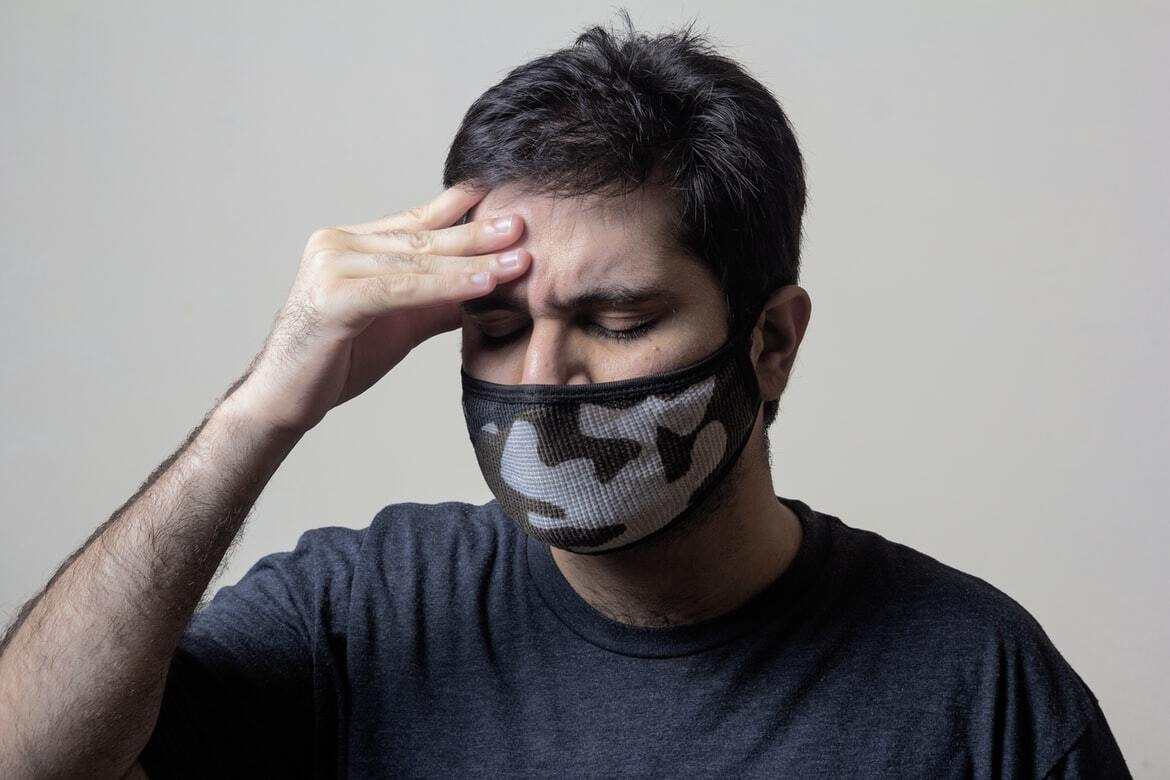Definition
Migraines are intense, throbbing headaches that usually affect one side of the head. They can last anywhere from a few hours to several days and are often accompanied by symptoms such as nausea, vomiting, and heightened sensitivity to light and sound. Migraines are more prevalent in women than in men and typically start during puberty. These headaches tend to be most severe between the ages of 35 and 45.
Causes
The exact cause of migraines is still uncertain, but some cases show a decrease in the brain chemical serotonin, which is thought to trigger headaches. Various factors can provoke migraine attacks, such as stress, excessive anxiety, depression, and hormonal changes, particularly in women. Estrogen levels in women are closely linked to migraines.
Other triggers include consuming processed or salty foods, foods with sweeteners, savory flavors, alcohol, and caffeine. Poor sleep quality or lack of sleep can also lead to migraines. Environmental factors like exposure to cigarette smoke, strong perfume scents, paint fumes, and medications such as birth control pills or hormone therapy can also trigger migraines. Migraines are more common in women and individuals with a family history of migraines.
Risk factor
Several risk factors can make you more susceptible to migraines, including:
- Family history of migraines
- Age: Migraines can occur at any age but are more common in teenagers, peaking in their 30s and becoming less frequent and severe over time
- Gender: Women are more likely to suffer from migraines than men, with hormonal changes often triggering migraines, such as those occurring before menstruation. Migraines usually improve after menopause
- Use of hormonal medications like birth control pills
- Other medical conditions such as depression, anxiety, sleep disorders, and bipolar disorder
Symptoms
Migraine can occur in children, teenagers, and adults and is characterized by four phases: prodromal, aura, attack, and post-drome phases.
Prodromal Phase: This phase appears a few days to hours before an attack and may include mood swings, changes in appetite, constipation, stiff neck, increased urination, frequent yawning, and increased thirst.
Aura Phase: Migraines can occur with or without an aura. Migraines with an aura are called classic migraines, while those without an aura are called common migraines. In cases with an aura, symptoms like flashes of light, shapes, bright spots, weakness, numbness on one side of the body, difficulty speaking, temporary vision loss, tingling, and hearing noises may appear before or during the attack. Migraines without an aura typically start suddenly and are the most common type without these warning symptoms.
Attack Phase: Following the aura phase, the attack phase involves the typical migraine symptoms. This phase can last 4 to 72 hours or more if untreated. Symptoms include throbbing pain on one or both sides of the head, nausea, vomiting, and sensitivity to light, sound, or smells. The pain may worsen with movement, coughing, or sneezing.
Post-Drome Phase: After the attack, patients often feel weak and confused, which is known as the post-drome phase. These symptoms frequently occur in the morning upon waking, and some individuals may experience predictable attacks, such as before menstruation.
Diagnosis
Diagnosing migraines requires a comprehensive patient interview to discuss symptoms, frequency, and potential triggers. The assessment also includes consideration of family history and external factors such as the environment and occupation. Physical examinations, including neurological tests, are performed to rule out other serious conditions. Additionally, blood tests, CT scans, MRI, and lumbar punctures may be recommended to exclude other potential causes such as vascular issues, spinal cord infections, or brain hemorrhages.
Management
While migraines cannot be cured, treatment focuses on symptom relief and controlling triggers. Patients are advised to rest in quiet, dimly lit rooms, massage their heads or temples, use cold compresses, and practice muscle relaxation techniques. Pain relievers, anti-nausea medications, and antiemetics may be prescribed if these measures do not alleviate symptoms.
Complications
Complications of migraine can arise from the treatment itself, such as medication overuse headaches (typically from using pain relievers more than 10 days a month or in high doses) and stomach issues. Although rare, migraine sufferers may also experience aura symptoms that persist for more than a week after an attack. Other potential complications include psychological disorders such as anxiety, panic, or depression; chronic migraine, where attacks occur more than 15 days per month over three months; and status migrainosus, a severe migraine attack lasting more than three days.
Prevention
Preventing migraines includes avoiding known triggers like stress and specific foods (such as chocolate, aged cheese, fasting, caffeine, and alcohol). It's also recommended to engage in regular exercise, maintain a healthy diet, avoid alcohol and caffeine, stay hydrated, manage stress effectively, and ensure you get adequate and consistent sleep. Preventive medications and treatments for underlying conditions, such as anticonvulsants or blood pressure medications, may also be utilized.
When to see a doctor?
Seek medical attention if migraines are accompanied by sudden, severe headaches, fever, stiff neck, seizures, rashes, blurred vision, weakness, paralysis, slurred speech, difficulty speaking or swallowing, new headaches after age 50, worsening headaches with physical activity, after sexual intercourse, coughing, or sneezing, or if headaches occur after a head injury.
Looking for more information about other diseases? Click here!
- dr Ayu Munawaroh, MKK
Migraine - Symptoms and causes.Mayo Clinic. 2021
NHS Choices UK (2016). Health A-Z. Migraine.
Burstein, et al. (2015). Migraine: Multiple Processes, Complex Pathophysiology. The Journal of Neuroscience: The Official Journal of the Society for Neuroscience, 35(17), pp. 6619-29.
National Headache Foundation. Migraine












